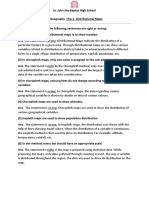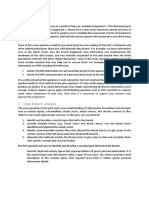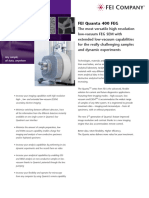0% found this document useful (0 votes)
138 views21 pagesInternship Report Task 1
The Air India data breach in May 2021 compromised the personal data of approximately 4.5 million customers due to vulnerabilities in the systems managed by third-party vendor SITA. The breach resulted in significant financial, legal, and reputational damage to Air India, highlighting the risks associated with third-party dependencies and insufficient cybersecurity measures. The report outlines the breach's discovery, the methods used by attackers, and lessons learned for improving future cybersecurity practices.
Uploaded by
prem.jumbadCopyright
© © All Rights Reserved
We take content rights seriously. If you suspect this is your content, claim it here.
Available Formats
Download as PDF, TXT or read online on Scribd
0% found this document useful (0 votes)
138 views21 pagesInternship Report Task 1
The Air India data breach in May 2021 compromised the personal data of approximately 4.5 million customers due to vulnerabilities in the systems managed by third-party vendor SITA. The breach resulted in significant financial, legal, and reputational damage to Air India, highlighting the risks associated with third-party dependencies and insufficient cybersecurity measures. The report outlines the breach's discovery, the methods used by attackers, and lessons learned for improving future cybersecurity practices.
Uploaded by
prem.jumbadCopyright
© © All Rights Reserved
We take content rights seriously. If you suspect this is your content, claim it here.
Available Formats
Download as PDF, TXT or read online on Scribd
/ 21

























































































